
Flowering trees make a smart addition to your home landscape. Some enjoy them only for their ornamental value, while others avoid them, seeing flowering trees as nothing more than pointless decoration.
Don’t let their gorgeous floral displays fool you; these trees offer numerous practical benefits to your home. Take advantage of them and plant a flowering tree this year.
It’s pretty, so what?
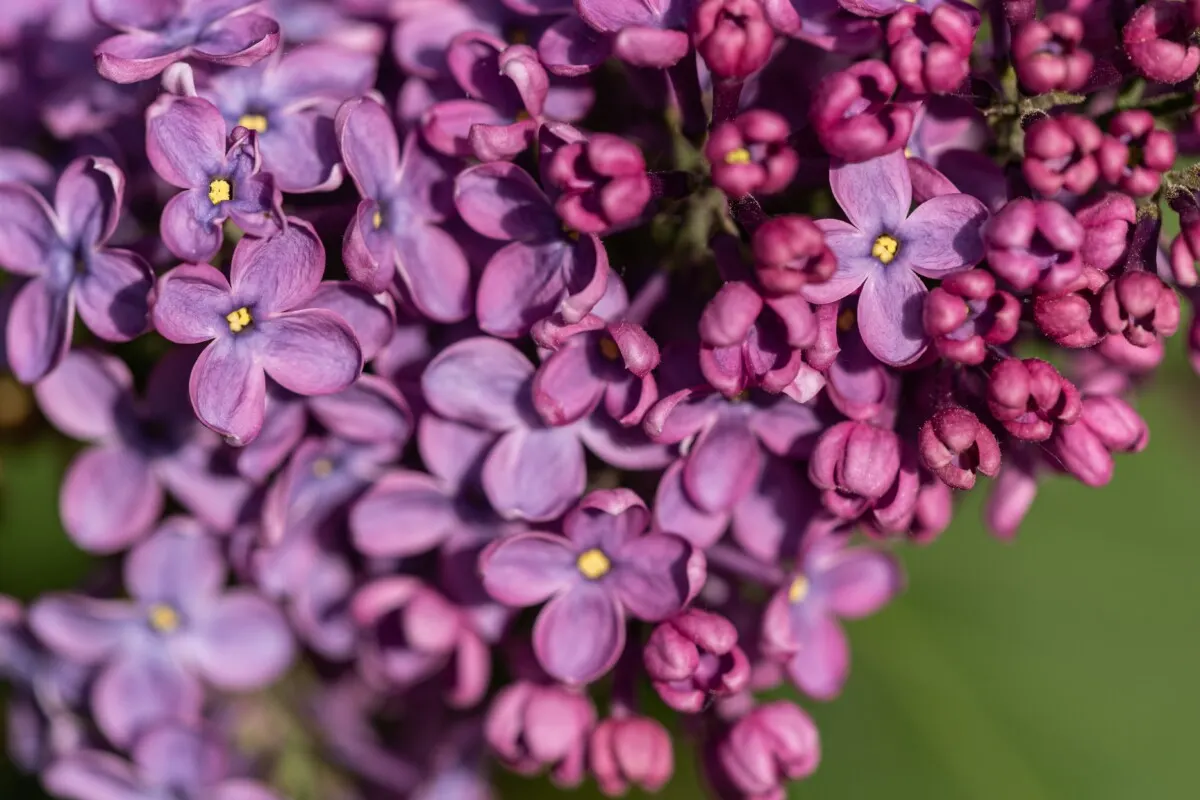
Flowering trees are often lumped into the “ornamental” category of landscape plants leaving many wondering if they serve a purpose beyond looking pretty. Are they really necessary? Some of them have a reputation for being messy or hard to grow. But I assure you, the benefits of having a flowering tree (or several) in your yard make them anything but unnecessary.
1. Improve the Value of Your Home
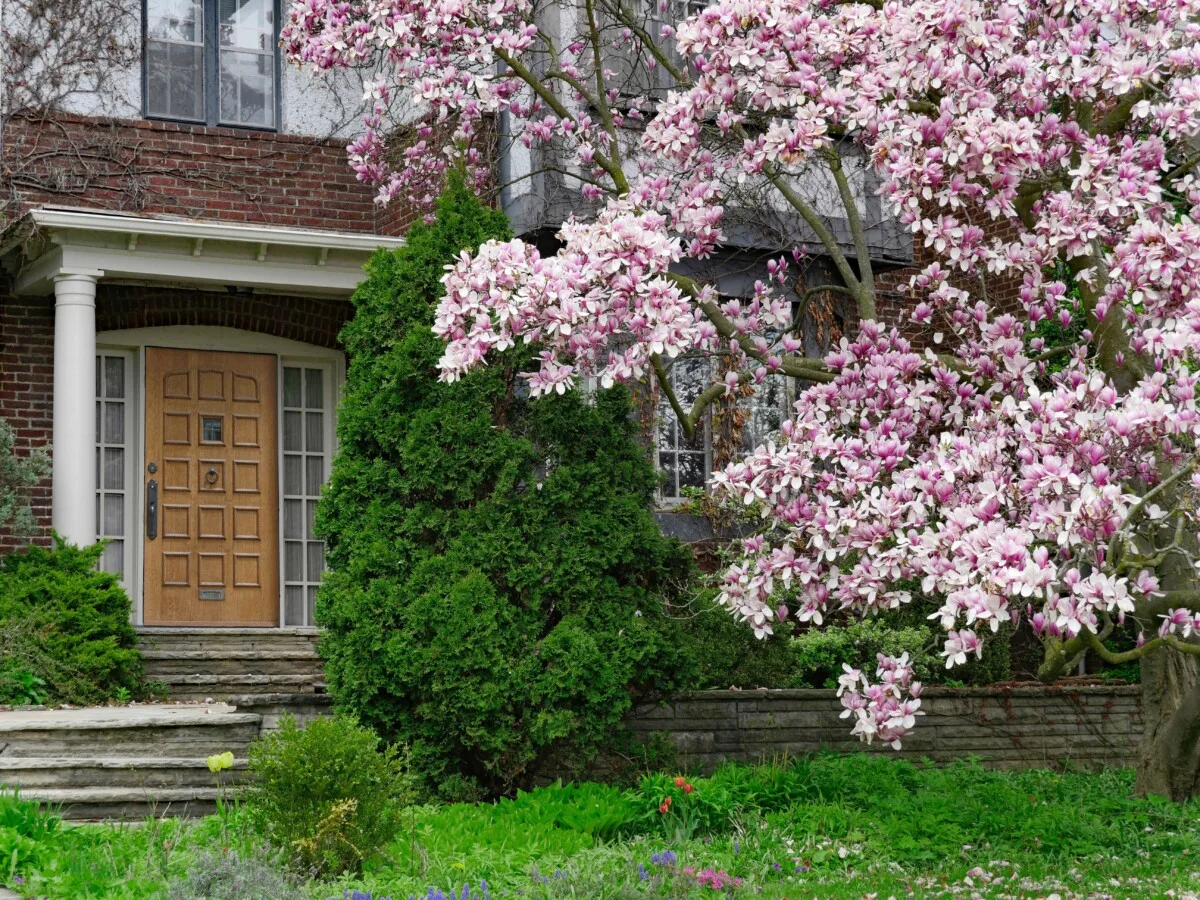
If you want to improve your curbside appeal, a flowering tree or two can help. A visually interesting and well-maintained landscape adds resale value to your home. Hiring a landscape designer to create a custom layout and installation can easily eat up any value added. But it’s easy enough to plant one or more flowering trees yourself and reap the benefits.
2. Flowering Trees Attract and Feed Pollinators
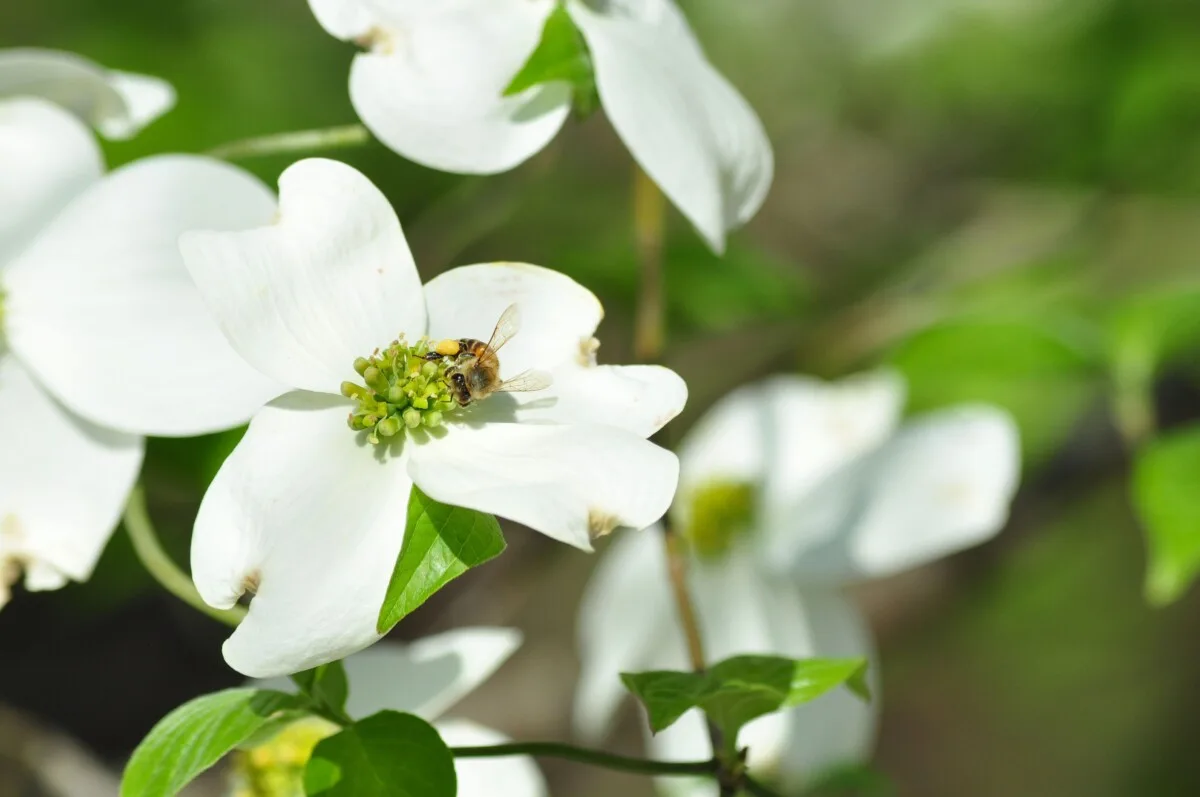
Insect populations have been in steady decline for decades now. It’s only recently that the Average Joe has taken an interest in their preservation. (We’ve realized how important their survival is to our ability to eat. Creating new habitats for native bees, moths, butterflies and other insects is key to preventing their loss.
Many homeowners have heard the call and started pollinator gardens. A flowering tree is an important addition to this enterprise as many provide food for pollinators in the spring, long before annual and perennial flowers bloom. Gardeners also benefit from flowering trees and the pollinators they attract as it increases pollination rates and their overall yield.
3. Attract and Feed Wild Birds
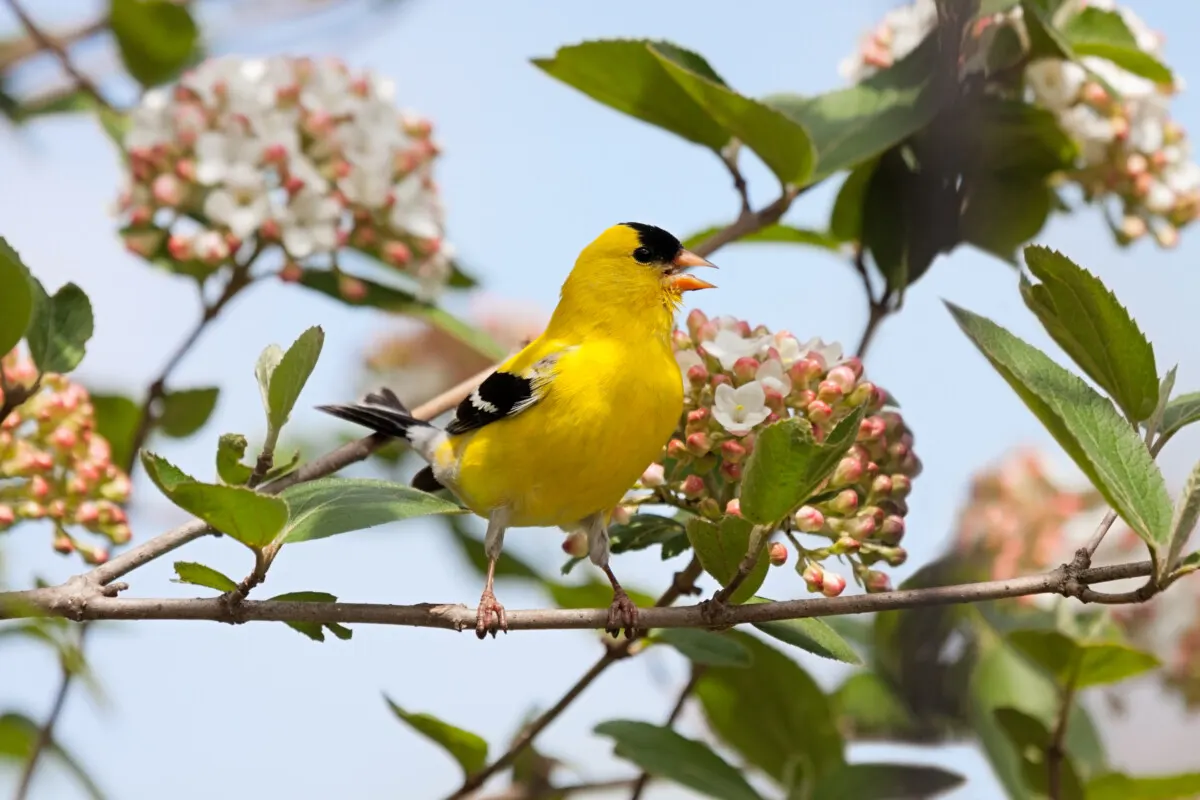
If you love the flash of a red cardinal wing and the sweet song of the black-capped chickadee in your backyard, then you should plant a flowering tree.
Many of these trees also produce berries or fruit that wild birds like to eat, giving them a natural food source that doesn’t rely on someone refilling the bird feeder. And their flowers and foliage create a safe haven for birds to hide and build nests. A flowering tree is a great way to attract more feathered friends to your yard.
4. Flowering Trees Absorb Noise and Offer Privacy
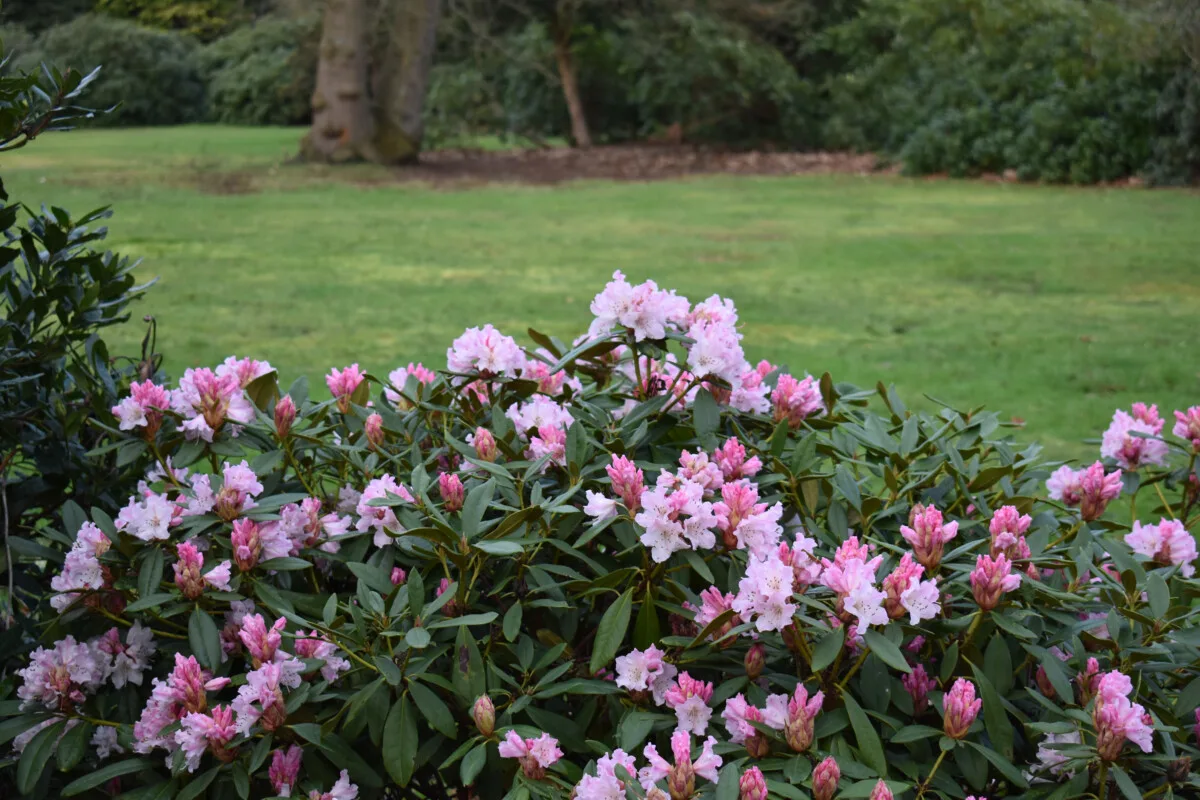
Enjoying your backyard is hard when it gives the neighborhood a front-row seat to watch what you’re doing. Adding a privacy fence can be astronomical, especially with the cost of materials these days. Not to mention many fencing materials are bad for the planet.
If you want a cost-effective and climate-friendly alternative, consider planting one or more flowering trees. Their foliage acts as a privacy screen for you and can block unsightly views. Leaves also absorb sound, keeping street noise out and backyard conversations in. Plus, flowering trees are much prettier than your average fence.
5. Capture and Store Carbon

When we burn fossil fuels, we release carbon (in the form of carbon dioxide) that was locked inside the earth for millennia back into the atmosphere. Unfortunately, we’re adding more carbon than we can store, leading to increased heat-trapping gases in the atmosphere. If you’re looking for ways to make your yard and garden climate-friendly, you’ll want to plant a flowering tree or two.
The backyard climate enthusiast would be hard-pressed to find a better way of storing carbon than with more trees on their property. Trees pack away roughly 48 pounds of carbon per year. And let’s not forget all the oxygen they produce in the process.
6. Flowering Trees Prevent Storm Runoff and Soil Erosion
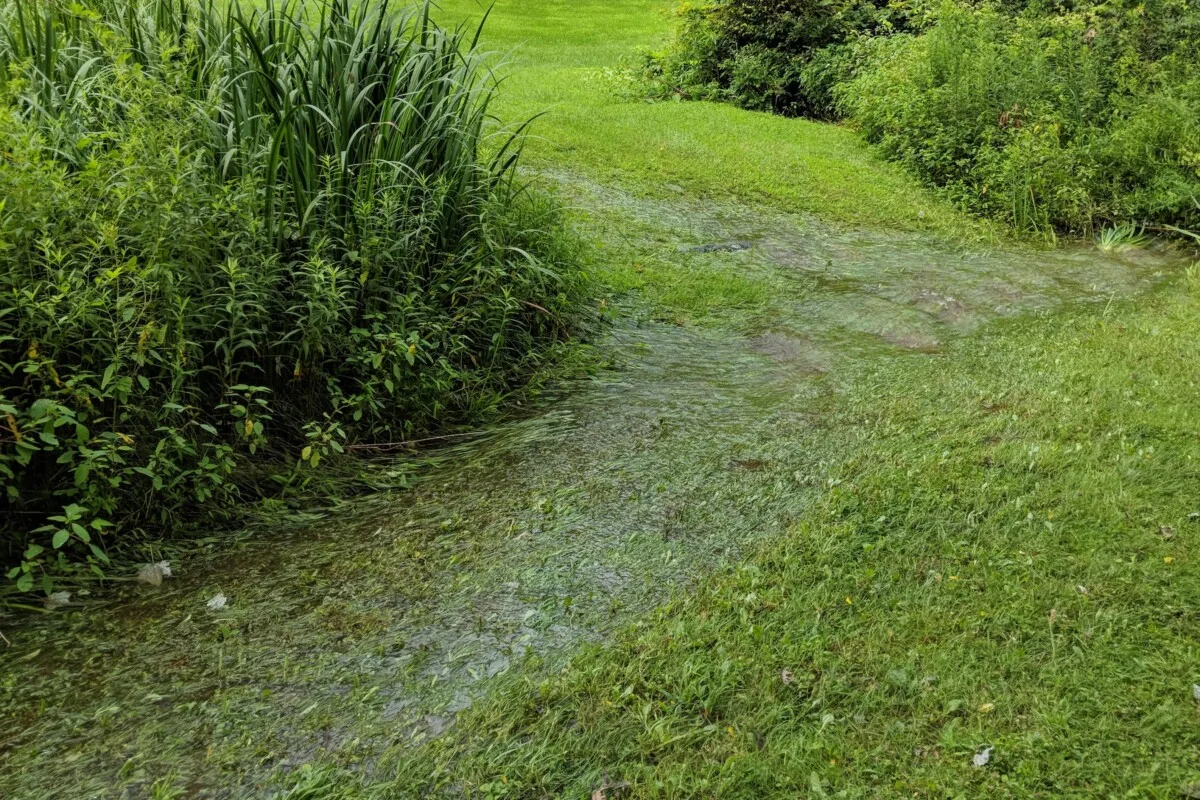
If you deal with storm runoff whenever you get heavy rain, consider planting a tree to help hold the soil in place. Continuously replacing lost soil is expensive and can lead to worse problems if that runoff makes its way into streams, rivers, storm sewers, etc. If you’re planning a rain garden, you’ll want to add a flowering tree or two.
7. Reduce Heating and Cooling Costs
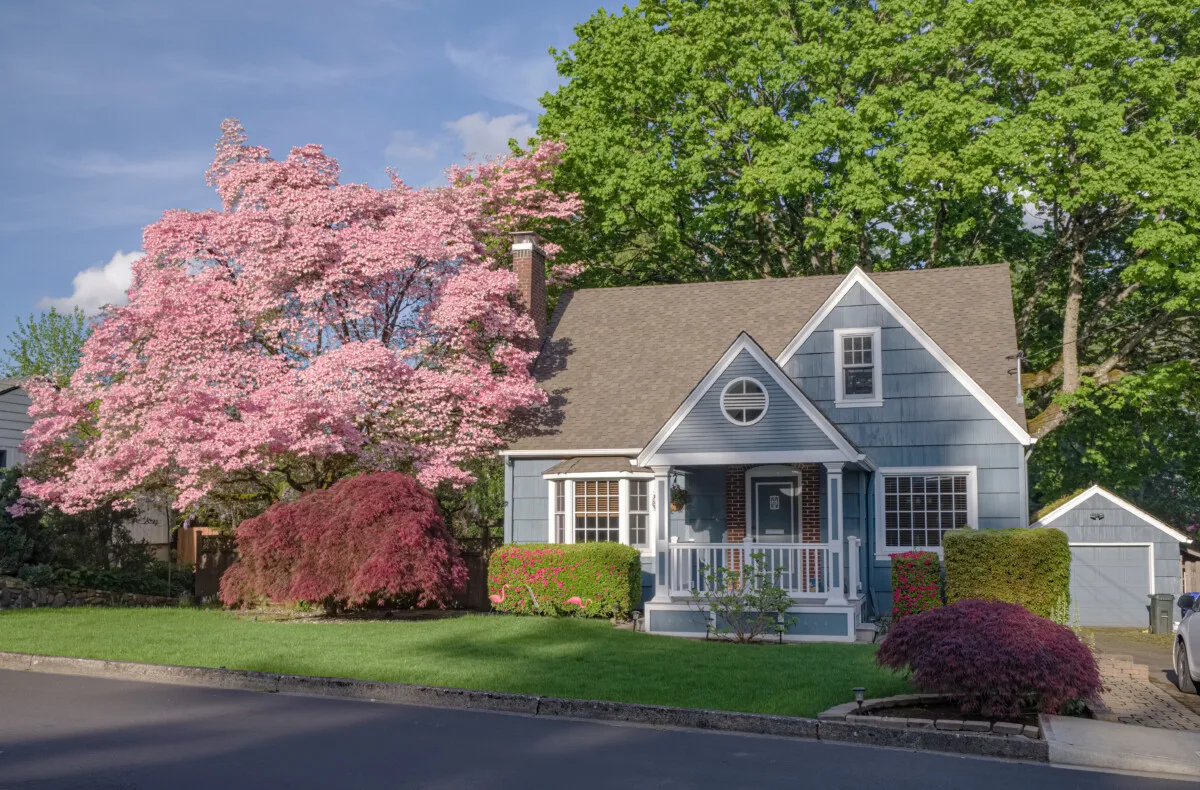
Planting a large flowering tree near your home can help shade it in the summer, reducing your cooling costs. On the flip side, a row of flowering shrubs or trees can act as a windbreak, buffering your house from frigid winter winds.
You should consider planting trees if you’re looking for ways to reign in ever-increasing energy costs. Everybody loves a shrinking energy bill and a lovely view from their window.
8. Beat the Winter Blues and Kick Off Spring with Color
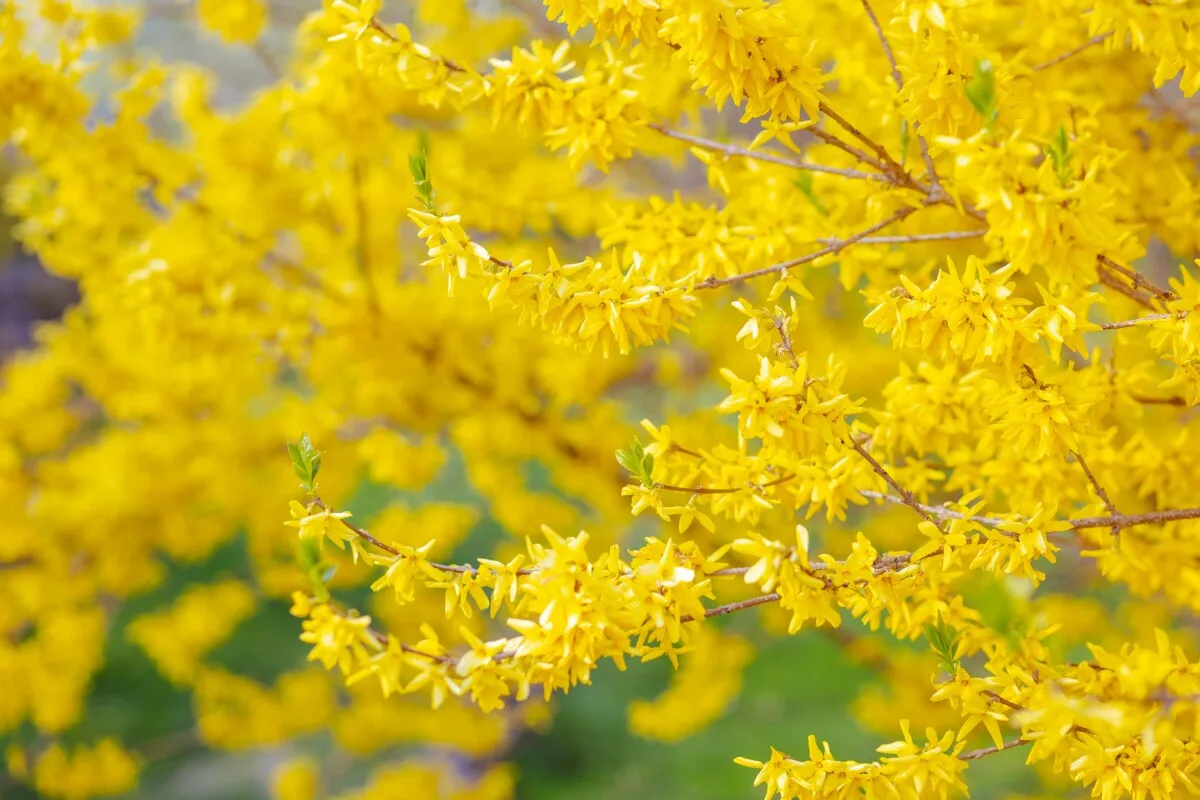
Even the most diehard winter fans grow tired of the dull grays and browns that engulf the landscape in late February and early March. Summer flowers seem ages away; even spring bulbs can’t bloom fast enough.
When you’ve had it with winter, you can pat yourself on the back for planting a couple of early-blooming trees around your home. Not all flowering trees bloom in the spring, but many do, offering stunning displays at the beginning of the growing season. Depending on the variety you choose, these delightful harbingers of spring may even beat the robin’s arrival.
9. Surround Your Home with Lush Fragrance
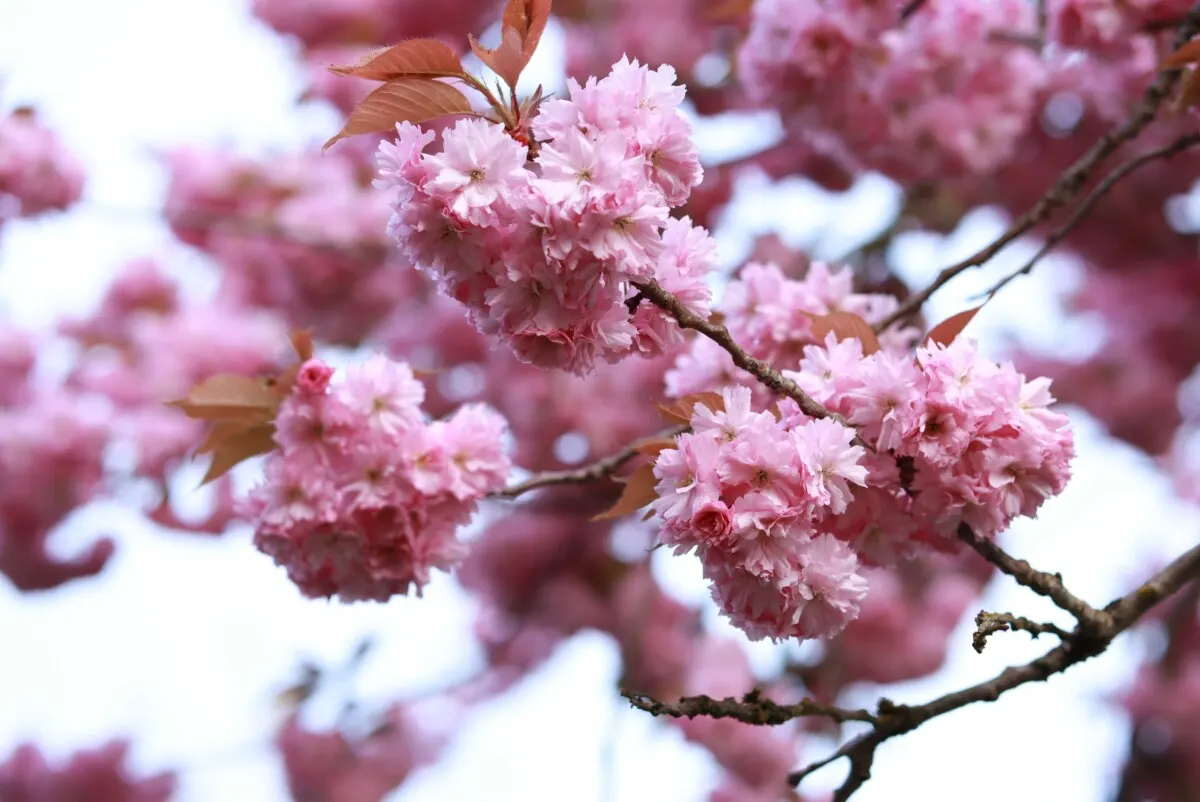
There’s a reason Bath & Body Work’s best-selling fragrance is Japanese Cherry Blossom. Nothing is better than standing in your backyard during those first few warm spring days and inhaling cherry blossom, wisteria and lilac. And a summer night wouldn’t be complete without the scent of magnolia on the breeze. These heady scents are a huge bonus compared to planting any old tree.
Now that you’re taking a closer look at flowering trees let’s discuss factors you’ll need to consider when choosing one. (Or several, you’re going to plant several, right?)
In the day and age where we buy everything online, this is one purchase you’re better off making in person. Your local nursery and garden center will have all the information you need, from what will work for your home to planting and caring for your new tree.
Important Considerations
Hardiness Zone
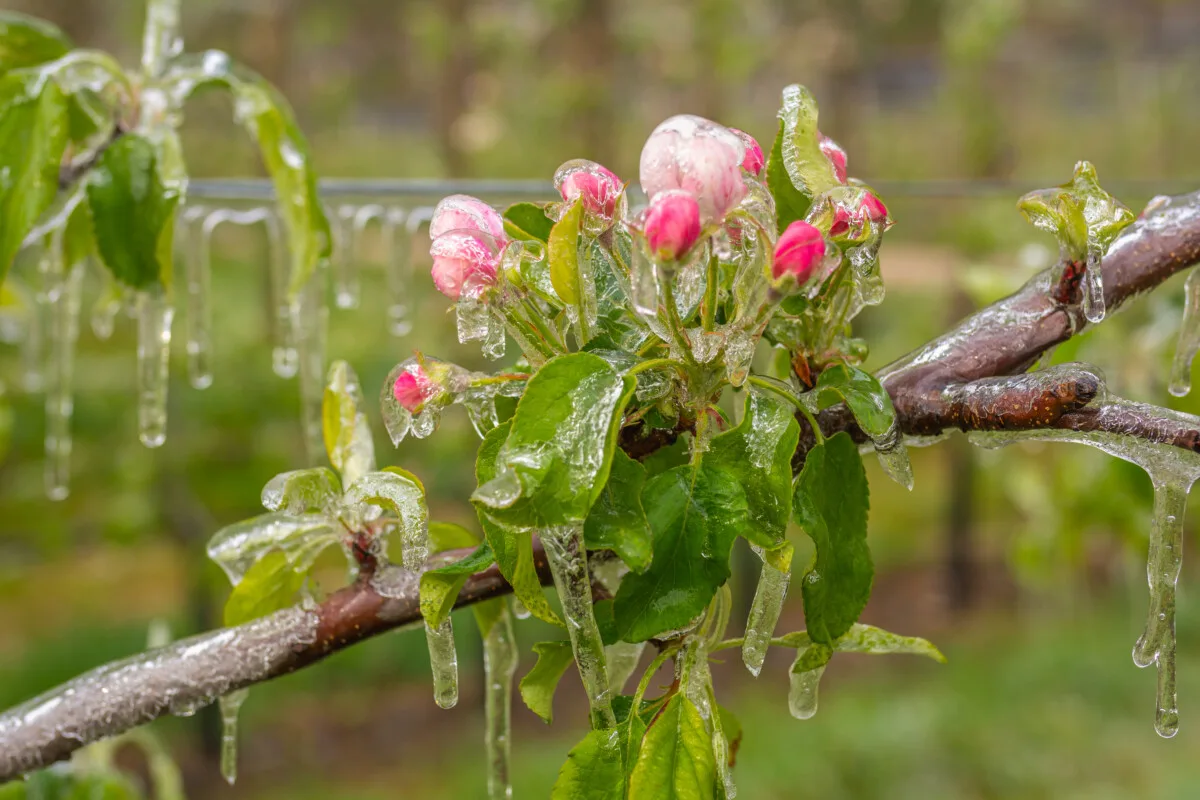
This is probably the most important thing to consider when picking a tree. You want to be sure you choose a variety that will thrive where you live. Some flowering trees may not flower if they’re subjected to freezing temperatures. And still, others may need a period of cold winter to develop blooms properly. Another great reason to shop locally – they will have trees suited to your hardiness zone.
Sunlight
Nearly all flowering trees need full sun; very few do well in shade or partial shade. Be sure to choose a sunny location for your new tree. Discuss your options with someone at your local nursery if you’re concerned about whether or not your yard gets enough sunlight.
Size and Shape
If you have a small yard, that doesn’t preclude you from planting a flowering tree. Plenty of them can be pruned to a smaller stature. Choose a dwarf variety or look for a flowering shrub instead of a large tree.
In the same vein, you may want a larger tree to provide shade; in that case, take into consideration its mature size. What obstacles do you have in your yard that could impede its growth? Pay attention to power lines, sidewalks and other permanent fixtures.
Do You Want a Native Species
More and more gardeners are opting to plant native plants and trees in their yards, which is always a good idea. Remember, many invasive species that now compete with native plants in our forests started as harmless ornamentals imported from other countries.
What Look Are You Trying to Achieve
Are you looking for a large tree you could lay under in the summertime or hang a swing from? Or do you want something more compact and shrub-like to screen your backyard? Beyond looking pretty, is there something you’re trying to achieve with this planting?
Take Into Account Existing Trees
You’ll need to consider the trees you already have in your backyard. Their root structure could mean certain areas of your yard are off-limits to new trees.
Here are a few trees to consider when choosing a flowering tree for your yard. Of course, not all of these will work for every hardiness zone, and there are hundreds of varieties of flowering trees to choose from. If you find one on this list you want to grow, head to your local garden center and ask what varieties of this species do well where you live. They can also suggest alternatives if necessary.
Lovely Flowering Trees To Consider
Flowering Trees with Edible Fruit
Cherries, elderberry, crabapples and apple trees have some of the spring’s loveliest flowers. And later, they develop into tasty fruit. If you want a tree that does double duty as an ornamental and edible planting, you’ll want to choose one of these.
Highly Scented Flowering Trees
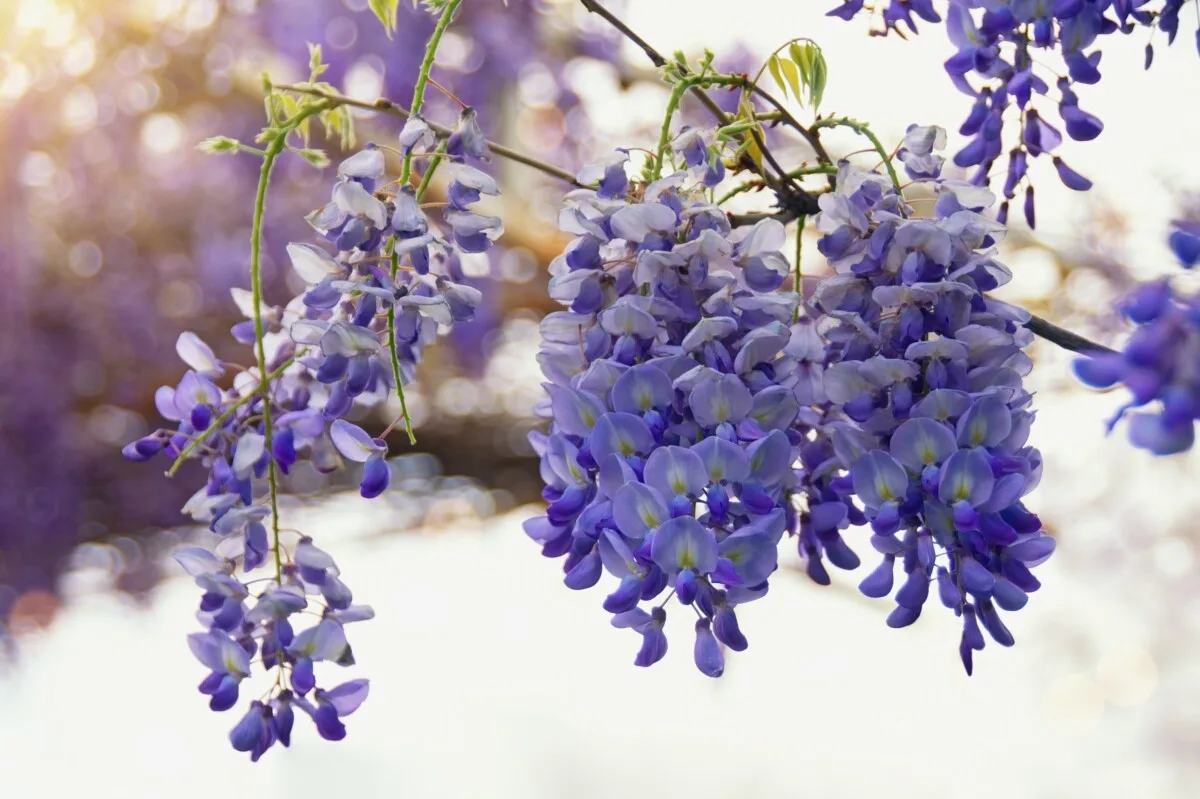
Lilacs are always a perennial favorite for scented blooms. Wisteria is as dramatic in its flowers as they are in their scent, although you’ll need to be careful; some varieties can be overpowering. Spicebush is another highly scented blooming tree, although its blooms are a bit unusual. And if you want the heady smell of summer, go for honeysuckle or magnolia. For fall flowers and scent, consider the crape myrtle.
Best Flowering Trees for a Small Space
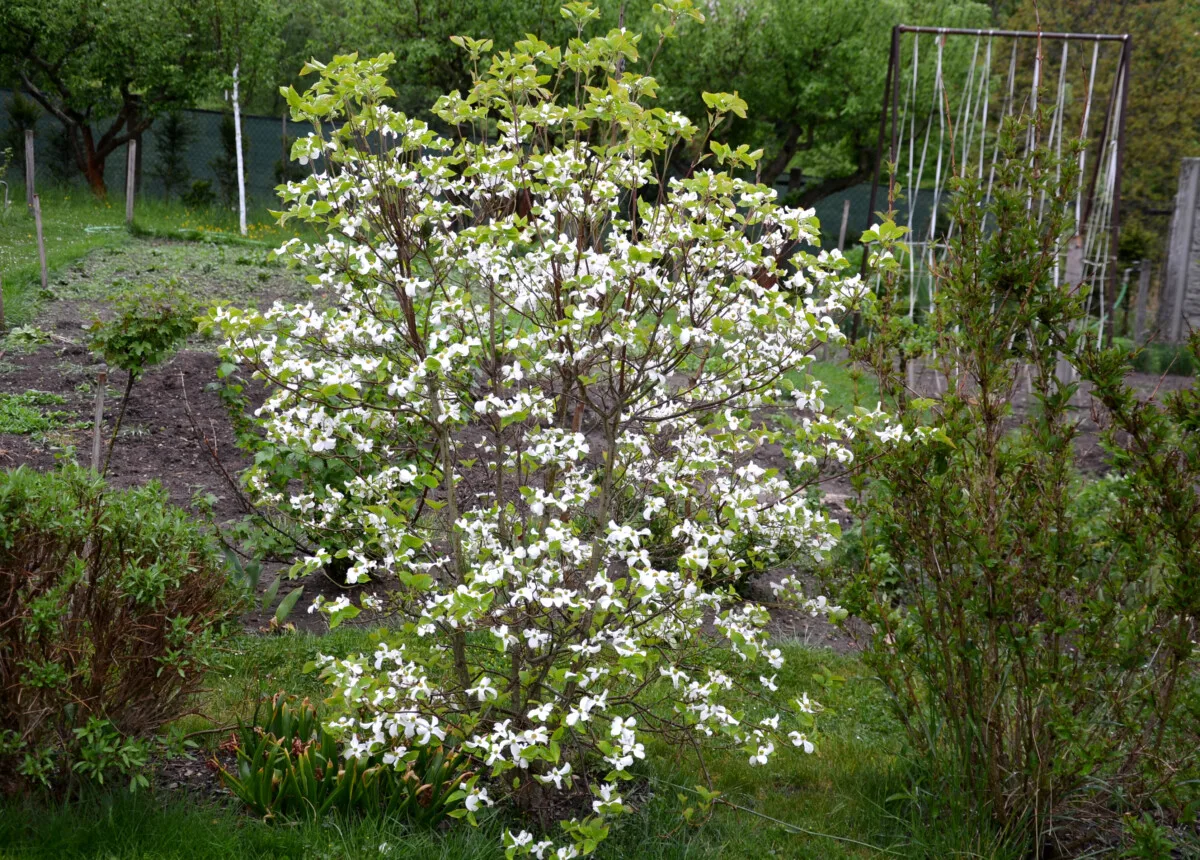
You’ll need to look for specific varieties for your hardiness zone and have a good idea of what your space limits are, but there are numerous trees with more compact versions that are perfect for a small yard. Crabapples, lilacs, magnolias, cherries and dogwood all have compact varieties. There are even a few crabapple varieties compact enough to grow in a container on your balcony.
Flowering Trees to Attract Birds
If you want to bring more feathered friends to your yard, we’ve got an entire list of fifteen different trees and shrubs to grow that will attract birds. Many are flowering shrubs or trees, such as elderberry and serviceberry.

Get the famous Rural Sprout newsletter delivered to your inbox.
Including Sunday ramblings from our editor, Tracey, as well as “What’s Up Wednesday” our roundup of what’s in season and new article updates and alerts.

